Which of the following species is not aromatic ?
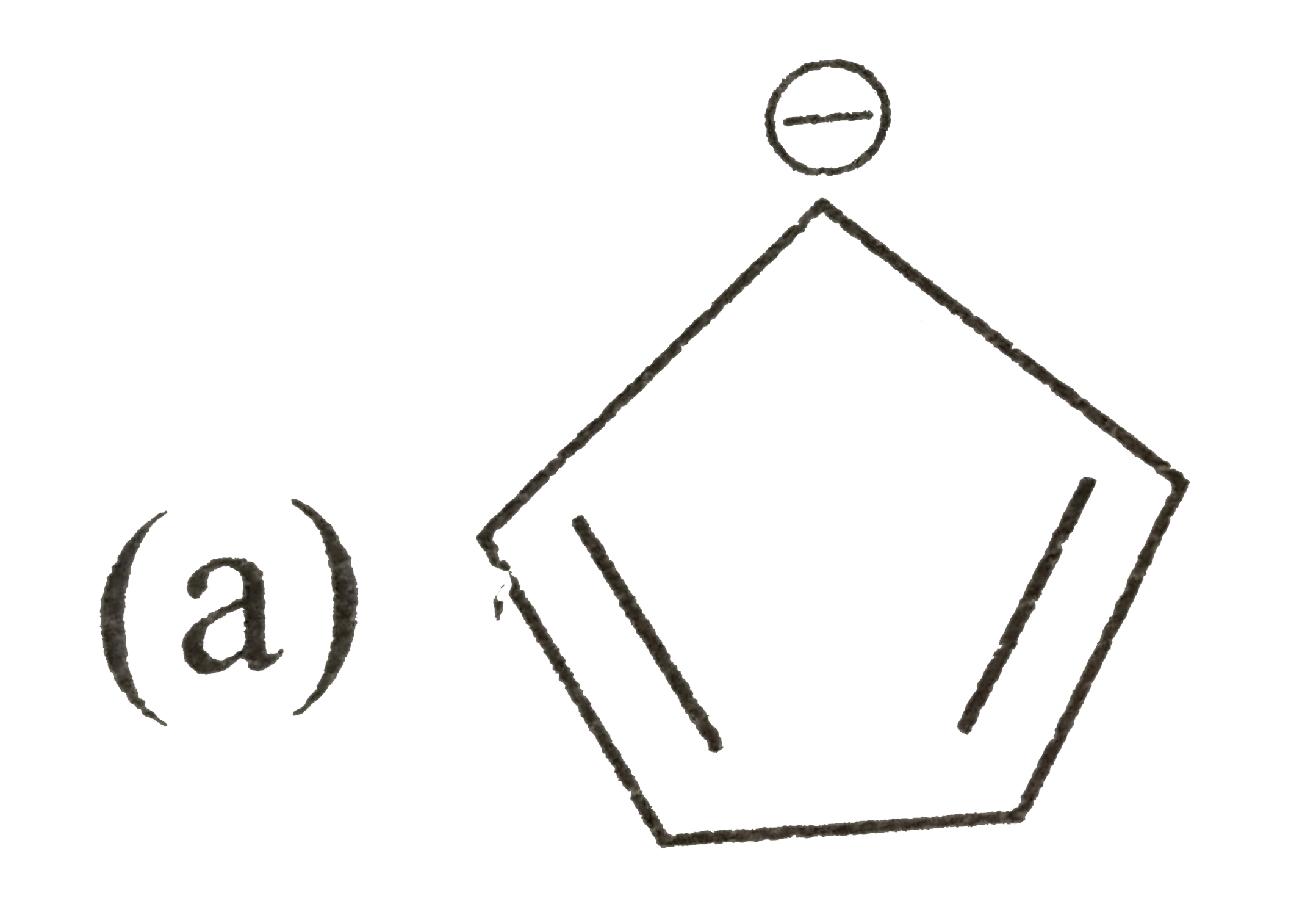
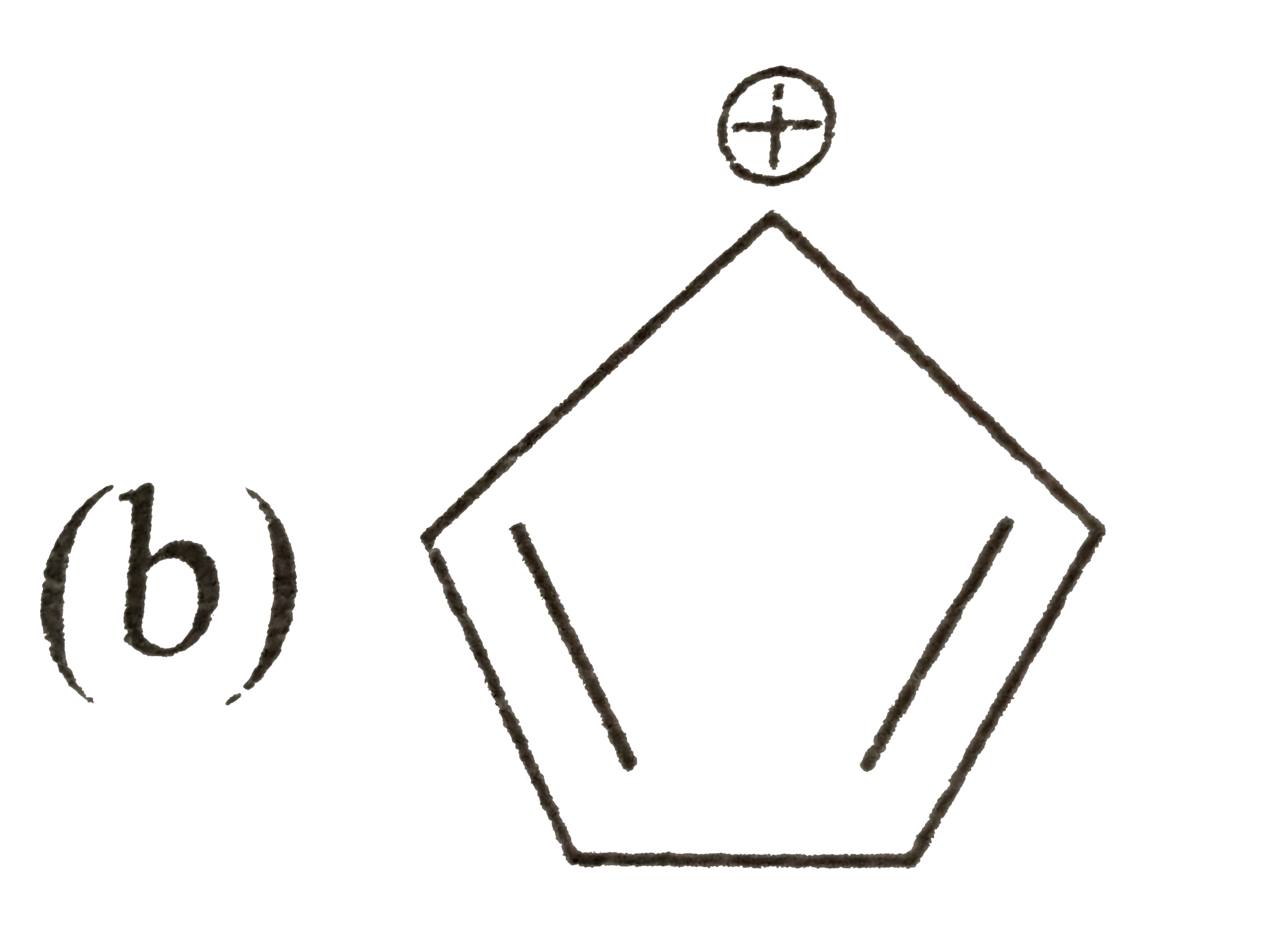
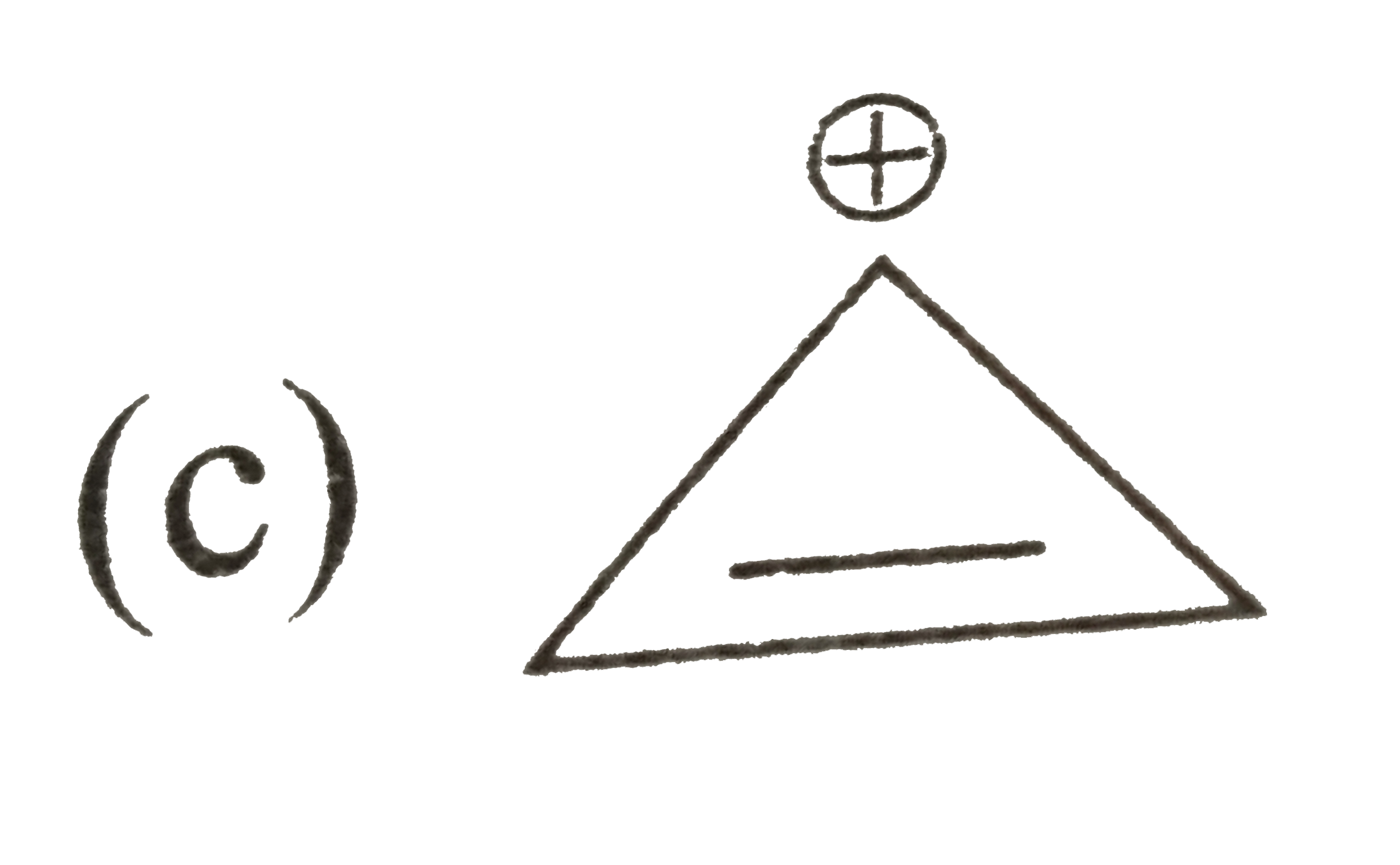
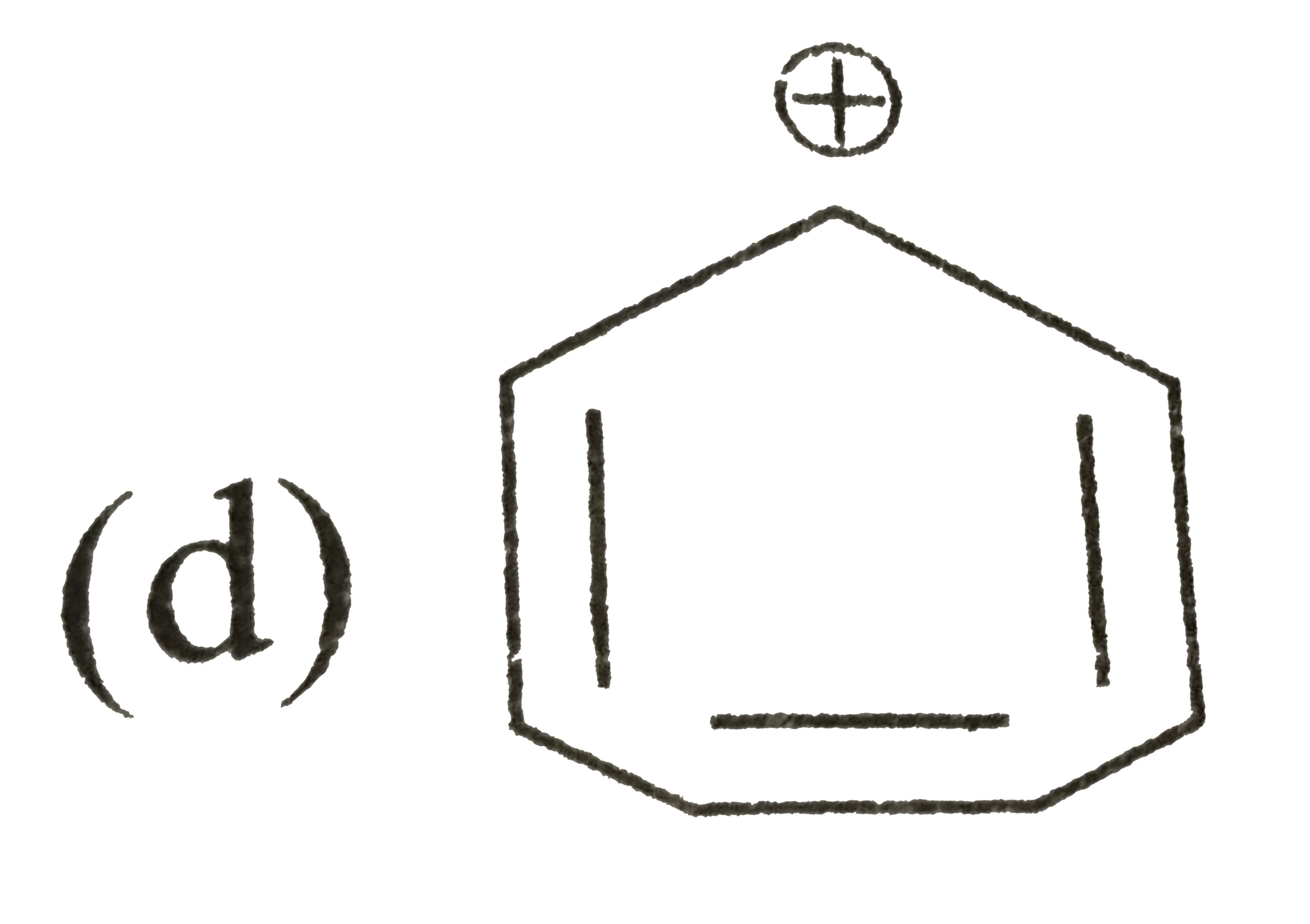
The correct Answer is:B
To determine which of the given species is not aromatic, we need to evaluate each option based on the four criteria for aromaticity:
1. The compound must be cyclic.
2. The compound must be planar.
3. There must be a delocalization of π electrons.
4. The compound must satisfy Huckel's rule, which states that there must be 4n+2 π electrons, where n is a non-negative integer.
Let's analyze each option step by step:
Step 1: Analyze Cyclopentadienyl Anion
- Cyclic: Yes, it is a five-membered ring.
- Planar: Yes, all carbon atoms are sp² hybridized, allowing for planarity.
- Delocalization of π electrons: There are 6 π electrons (2 from each of the two double bonds and 2 from the negative charge).
- Huckel's Rule: For n=1, 4(1)+2=6 π electrons. This matches the 6 π electrons present.
Conclusion: Cyclopentadienyl anion is aromatic.
Step 2: Analyze Cyclopentadiene Cation
- Cyclic: Yes, it is a five-membered ring.
- Planar: Yes, it is planar due to sp² hybridization.
- Delocalization of π electrons: There are 4 π electrons (2 from the two double bonds; the positive charge does not contribute).
- Huckel's Rule: For n=1, 4(1)+2=6 π electrons. However, we only have 4 π electrons.
Conclusion: Cyclopentadiene cation is not aromatic (non-aromatic).
Step 3: Analyze Cyclopropene Cation
- Cyclic: Yes, it is a three-membered ring.
- Planar: Yes, it is planar due to sp² hybridization.
- Delocalization of π electrons: There are 2 π electrons (from the double bond).
- Huckel's Rule: For n=0, 4(0)+2=2 π electrons, which matches the 2 π electrons present.
Conclusion: Cyclopropene cation is aromatic.
Step 4: Analyze Cycloheptatrienyl Cation
- Cyclic: Yes, it is a seven-membered ring.
- Planar: Yes, it is planar due to sp² hybridization.
- Delocalization of π electrons: There are 6 π electrons (from the three double bonds).
- Huckel's Rule: For n=1, 4(1)+2=6 π electrons, which matches the 6 π electrons present.
Conclusion: Cycloheptatrienyl cation is aromatic.
Final Conclusion
The only compound that does not satisfy the criteria for aromaticity is the Cyclopentadiene Cation.
Summary of Results
- Cyclopentadienyl anion: Aromatic
- Cyclopentadiene cation: Not Aromatic
- Cyclopropene cation: Aromatic
- Cycloheptatrienyl cation: Aromatic
Thus, the answer to the question is Cyclopentadiene Cation.
---
2. The compound must be planar.
3. There must be a delocalization of π electrons.
4. The compound must satisfy Huckel's rule, which states that there must be 4n+2 π electrons, where n is a non-negative integer.
- Cyclic: Yes, it is a five-membered ring.
- Planar: Yes, all carbon atoms are sp² hybridized, allowing for planarity.
- Delocalization of π electrons: There are 6 π electrons (2 from each of the two double bonds and 2 from the negative charge).
- Huckel's Rule: For n=1, 4(1)+2=6 π electrons. This matches the 6 π electrons present.
- Cyclic: Yes, it is a five-membered ring.
- Planar: Yes, it is planar due to sp² hybridization.
- Delocalization of π electrons: There are 4 π electrons (2 from the two double bonds; the positive charge does not contribute).
- Huckel's Rule: For n=1, 4(1)+2=6 π electrons. However, we only have 4 π electrons.
- Cyclic: Yes, it is a three-membered ring.
- Planar: Yes, it is planar due to sp² hybridization.
- Delocalization of π electrons: There are 2 π electrons (from the double bond).
- Huckel's Rule: For n=0, 4(0)+2=2 π electrons, which matches the 2 π electrons present.
- Cyclic: Yes, it is a seven-membered ring.
- Planar: Yes, it is planar due to sp² hybridization.
- Delocalization of π electrons: There are 6 π electrons (from the three double bonds).
- Huckel's Rule: For n=1, 4(1)+2=6 π electrons, which matches the 6 π electrons present.
The only compound that does not satisfy the criteria for aromaticity is the Cyclopentadiene Cation.
- Cyclopentadienyl anion: Aromatic
- Cyclopentadiene cation: Not Aromatic
- Cyclopropene cation: Aromatic
- Cycloheptatrienyl cation: Aromatic
Topper's Solved these Questions
- AROMATIC HYDROCARBONSBOOK - HIMANSHU PANDEYCHAPTER - AROMATIC HYDROCARBONSEXERCISE - Level 2 (Q.26 To Q.50)
25 Videos
- AROMATIC HYDROCARBONSBOOK - HIMANSHU PANDEYCHAPTER - AROMATIC HYDROCARBONSEXERCISE - Level 3 (Q.1 To Q.25)
25 Videos
- AROMATIC HYDROCARBONSBOOK - HIMANSHU PANDEYCHAPTER - AROMATIC HYDROCARBONSEXERCISE - Level 1 (Q.26 To Q.50)
25 Videos
- AMINESBOOK - HIMANSHU PANDEYCHAPTER - AMINESEXERCISE - Subjective Type Problems
5 Videos
- BIOMOLECULESBOOK - HIMANSHU PANDEYCHAPTER - BIOMOLECULESEXERCISE - Match The Column
6 Videos
Similar Questions
Knowledge Check
Which of the following species is aromatic ?
A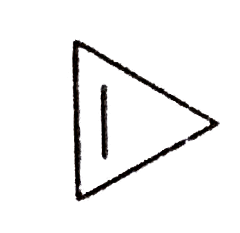 B
B C
C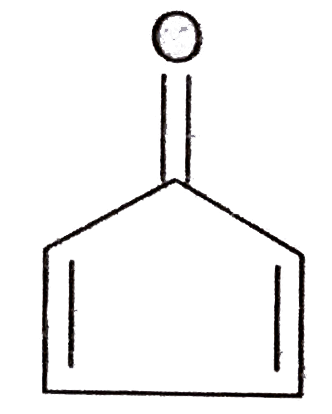 D
D
Which of the following species is aromatic ?
A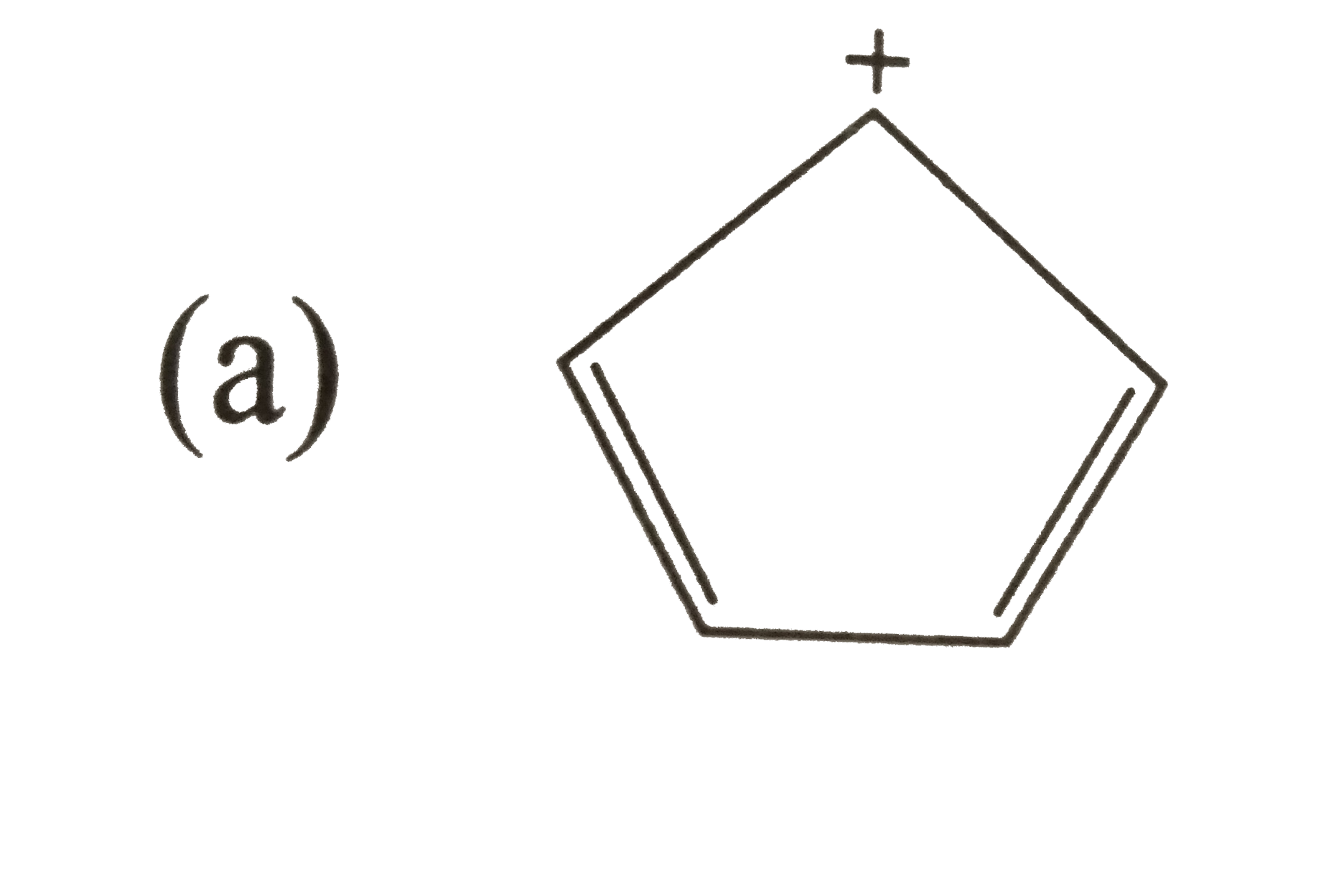 B
B C
C D
D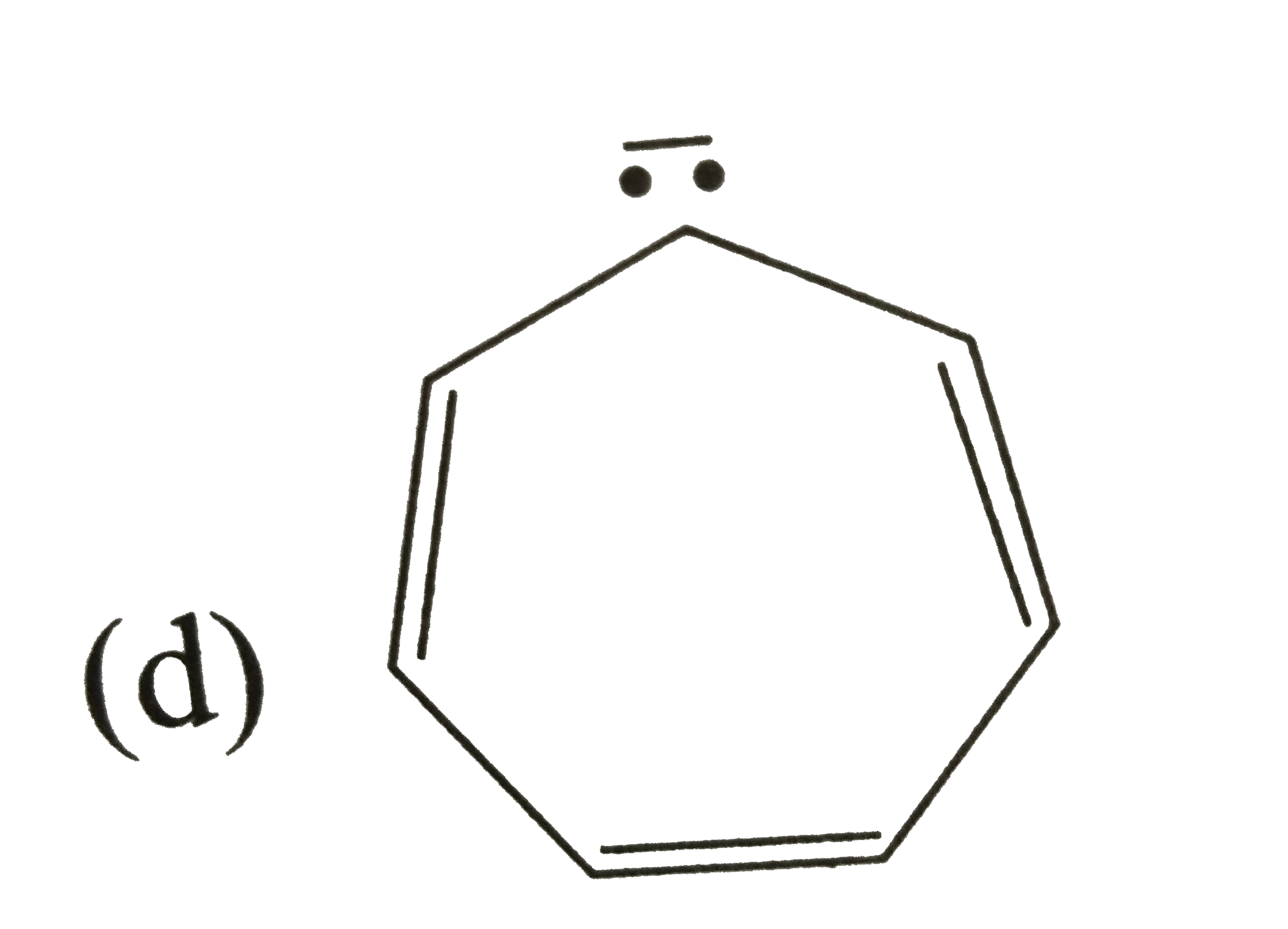
Which of the following species is aromatic :
A B
B C
C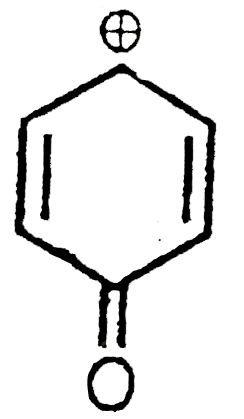 D
D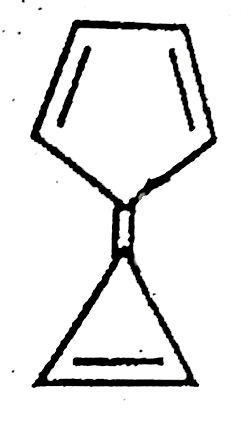
Which of the following species is aromatic?
View SolutionWhich of the following species is aromatic?
View SolutionWhich of the following compouds is not aromatic
View SolutionWhich of the following species does not show aromaticity?
View SolutionWhich of the following compounds is not aromatic ?
View Solution
